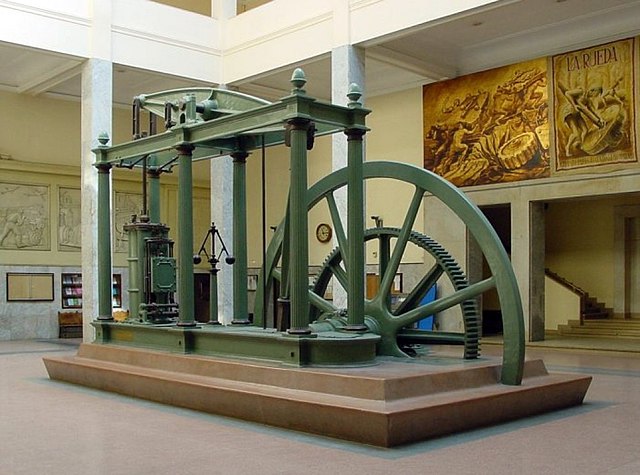The October Revolution, also known as the Great October Socialist Revolution, October coup, or Bolshevik coup was a revolution in Russia led by the Bolshevik Party of Vladimir Lenin that was a key moment in the larger Russian Revolution of 1917–1923. It was the second revolutionary change of government in Russia in 1917. It took place through an armed insurrection in Petrograd on 7 November 1917 [O.S. 25 October]. It was the precipitating event of the Russian Civil War.
The Winter Palace of Petrograd, one day after the insurrection, 8 November
Red Guard unit of the Vulkan factory in Petrograd, October 1917
Bolshevik (1920) by Boris Kustodiev
A scene from the July Days. The army has just opened fire on street protesters.
In political science, a revolution is a rapid, fundamental transformation of a society's state, class, ethnic or religious structures. A revolution involves the attempted change in political regimes, substantial mass mobilization, and efforts to force change through non-institutionalized means.
A Watt steam engine in Madrid. The development of the steam engine propelled the Industrial Revolution in Britain and the world. The steam engine was created to pump water from coal mines, enabling them to be deepened beyond groundwater levels.
The storming of the Bastille, 14 July 1789 during the French Revolution.
Vladimir Lenin, leader of the Bolshevik Revolution of 1917.
Sun Yat-sen, leader of the Chinese Xinhai Revolution in 1911.








